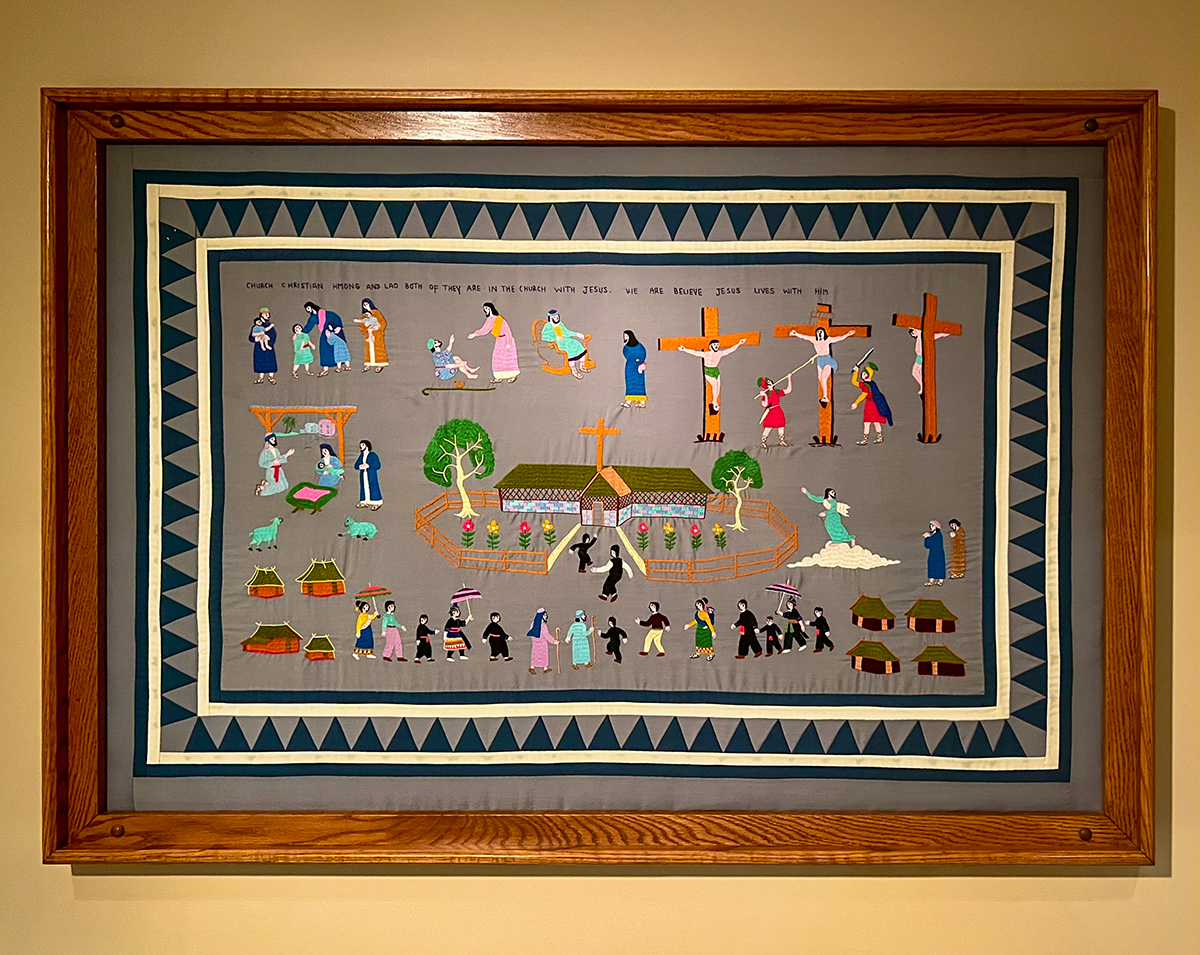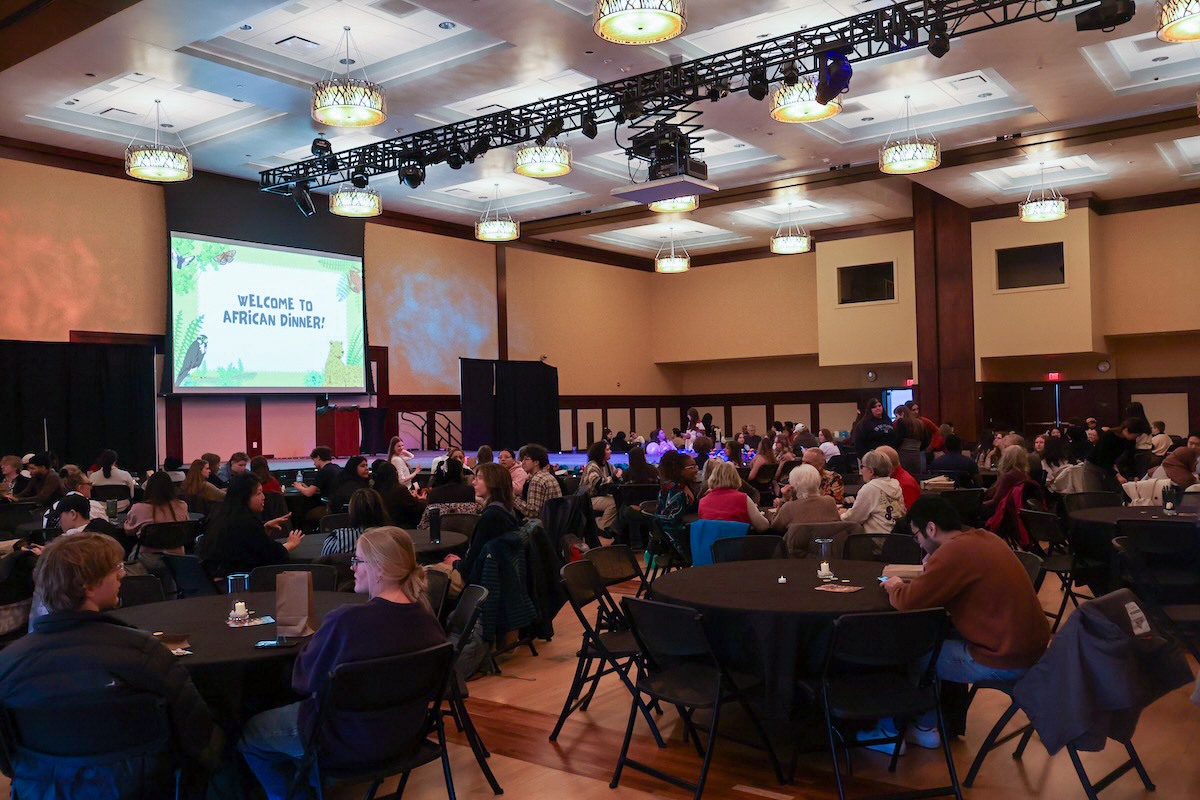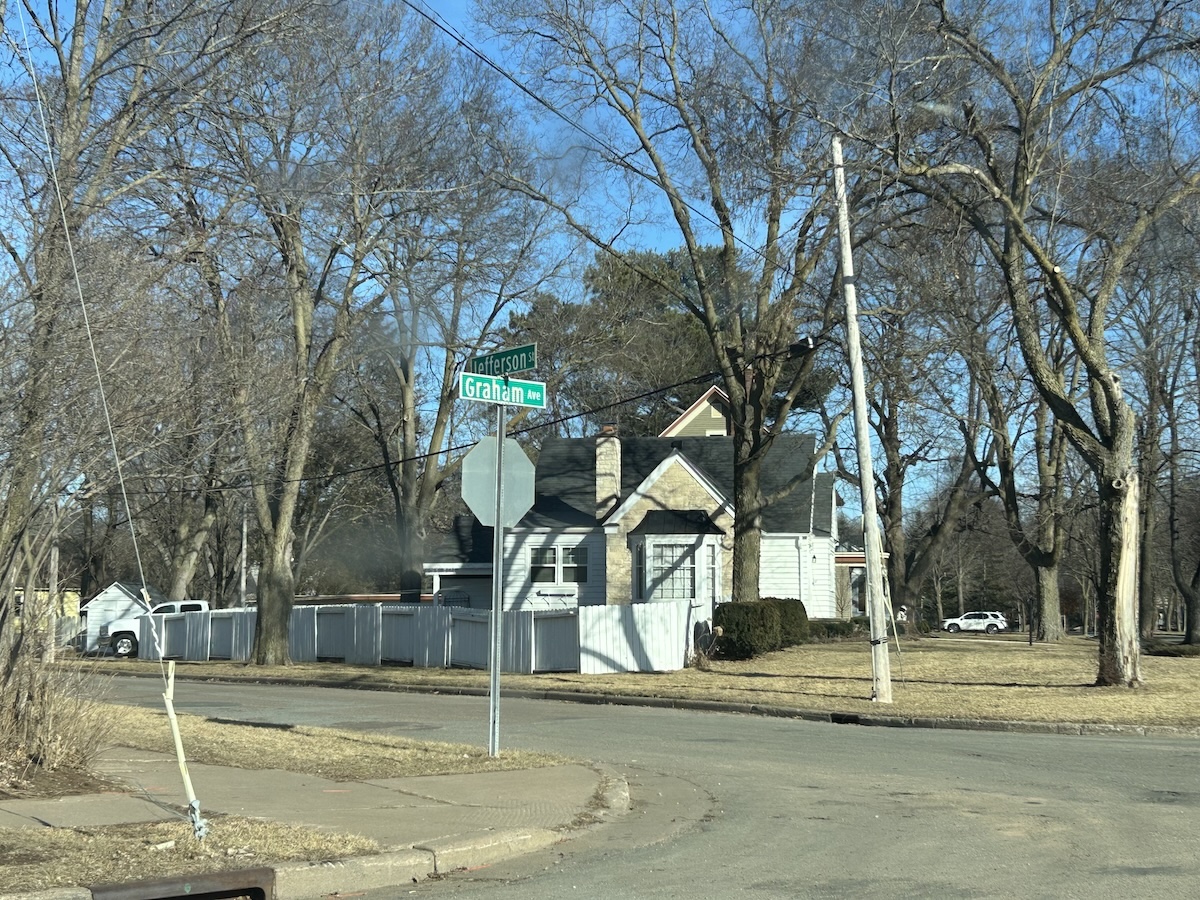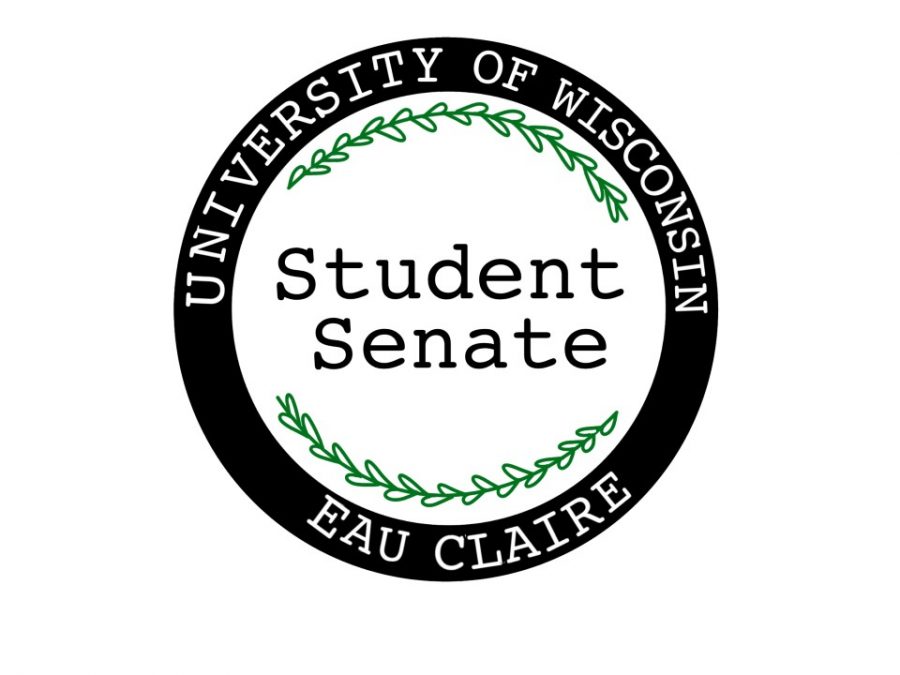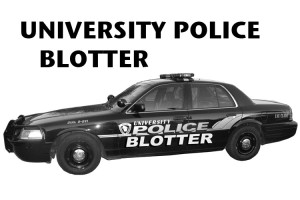Students and faculty are now trying to find “hot spots” for cell phone service in the Davies Center, as the newest building on campus has struggled to provide the best connection for its visitors. However, a smart solution is in the making.
Charles Farrell, director of the University Centers, oversees all areas in Davies, including places such as the bookstore, the dining area and printing services.
Although he has not received complaints about cell phone service in Davies, Farrell acknowledged the frustration exists.
“We know this is an issue,” he said. He also said people have been forgiving on the issue, especially since the building is still in its honeymoon phase.
In an effort to achieve energy efficiency in Davies, cell phone service has been hindered. Strips of film in the windows block heat and radiation from overwhelming the building, which is why cell phone service is usually poorest near the windows, Farrell said.
The new glass windows are less penetrable than concrete and brick and are built to last. The old Davies Center had plate glass windows. Now, the building is insulated enough so drastic temperature changes throughout Davies should be gone. Farrell said everything should be more efficient soon, and therefore, more balanced.
Freshman Tanna Bell said she experienced problems mostly in the dining area outside the marketplace.
“It’s kind of hit or miss … you have to hold your cell phone up like the ‘Lion King’ kind of thing,” she said.
Farrell said cell phone service in the old Davies was weak in the center of the building, but fairly reliable near the windows.
Those with AT&T may find their service to be worse than those with Verizon, Farrell said.
Farrell himself has observed most times, if he turns slightly in a place where he has no service, he is able to come up with a few bars.
“They’re radio waves, so we’re not able to predict them as well as we maybe think … so who knows what’s interfering with what?” Farrell said.
He also said cell phones are still a relatively new phenomenon, but he hopes both he and Learning and Technology Services (LTS) will become better acquainted with new technologies.
Farrell said he and members of LTS are working towards a solution before the cell phone service problem becomes too big of an issue.
“Hopefully, we’ll have a solution in the near future. We’re moving slower, but we’re trying to do this right … not go with the first solution which comes.” Farrell said.
Meanwhile, Farrell urges people to be patient.
“We’re trying to work on the issue … and get long term success,” he said. “(We) don’t want it to be a shot in the dark. We’ll get this figured out in one way or another, and we’ll do our best to get the best possible solution.”
Farrell said students are not in this alone; the very people who are working towards a solution are also suffering. “We’ll do our best to figure out how to make it work,” Farrell said.
Joel Patrow, a junior physics major said he remembers getting service in the old Davies on the first floor in the windowed area.
“That was pretty much the only building I had reception in,” Patrow said.
Farrell said he hopes to have a plan worked out as soon as possible.
“Again, I just want to reiterate that we know this is an issue. We’re doing our best to figure out how to make it work,” Farrell said.

